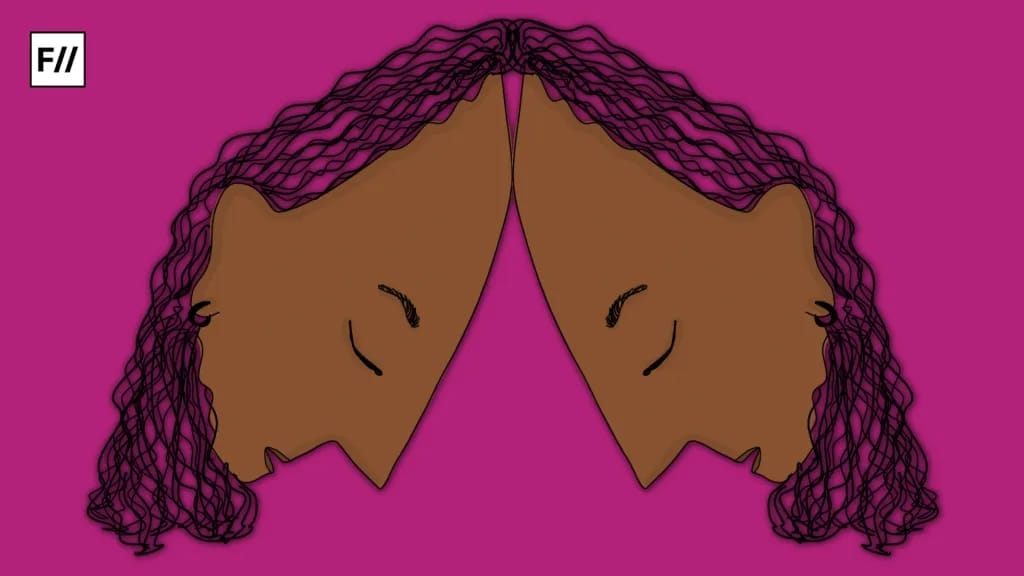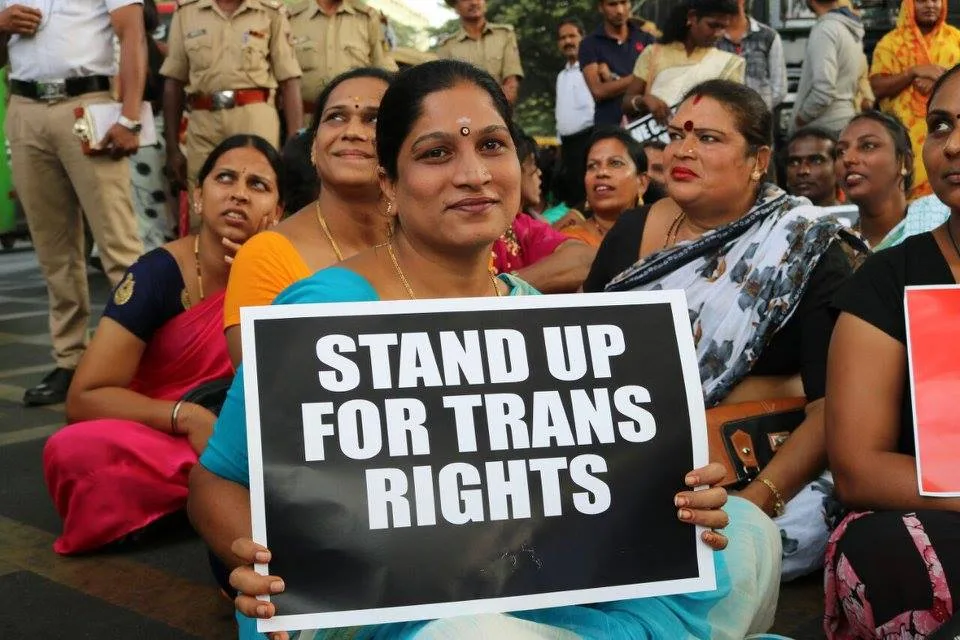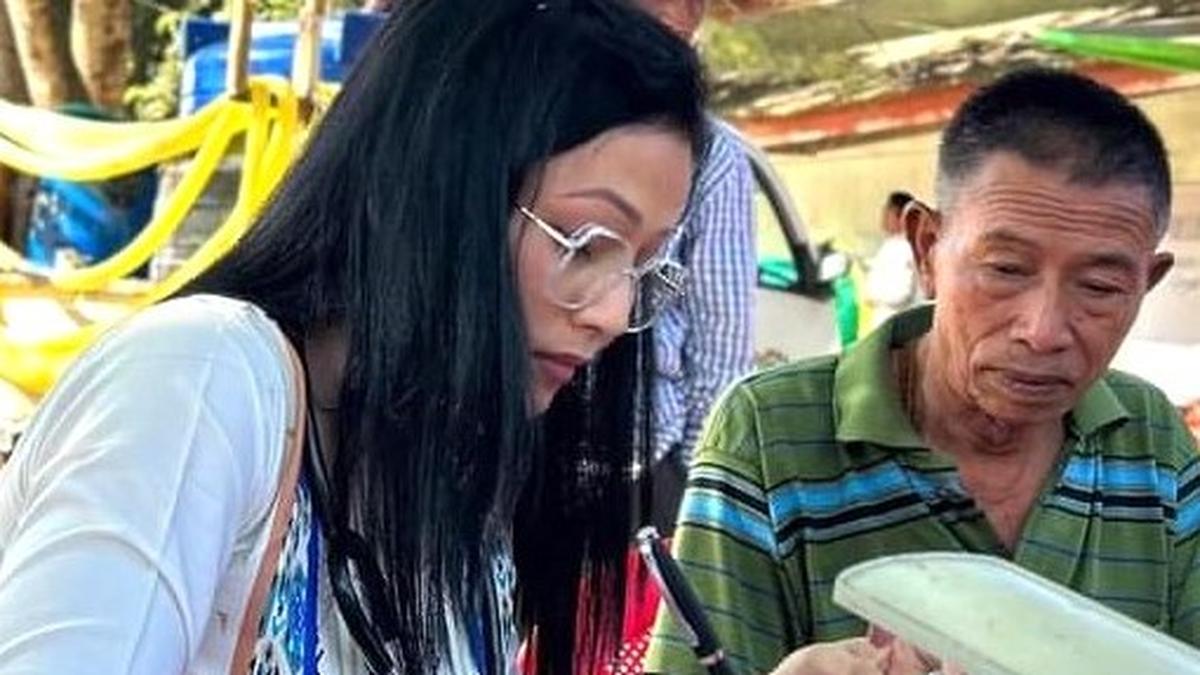Marriage, as one of the primary operating mechanisms of patriarchy, frames the structure of society through family and kinship. Marriage as an institution controls people’s lives through norms that have been exercised for ages. The society, being patriarchal, encircles the institution of marriage repeatedly to keep this system running.
Patriarchy is the social structure that is vested in male dominance and manages to comprehend that dominance to be natural and just. Being one of those tools for patriarchy to operate at the social level, marriage orbits the system of family and kinship. Patriarchy is entangled with another social custom, patriliny, where family membership is derived from and recorded through an individual’s father’s lineage.
The father’s lineage draws a line where the existence of the mother becomes irrelevant for membership in the family and also citizenship. Although this citizenship discourse about the mother’s identity is gradually receiving a different treatment through state policies, the social stigma around a mother’s life still continues.
Marriage gives certain rights to people who conform to the idea of its institute.
Marriage has contributed to discrimination based on gender (and of course, sexuality) for ages. In Indian society (urban and/or rural), the only legitimized sexual transaction is heterosexual (between a man and women) and one inside the institution of marriage (preferably not inter-caste, inter-faith, inter-class and many more positionalities).
In order to step into the institution, a wedding is the overt event of celebration – for a ‘new’ and ‘happy’ life ahead of two individuals including their families. Women are compelled to leave their house and settle at their husband’s house. Marriage, with its control over sexual transactions, functions more rigidly on women’s sexuality than on men’s. The “purity” of blood in kinship puts the moral responsibility on women (and their sexuality) through the legitimization of sex inside marriage and also making endogamy mandatory.
Also, the vested and naturalized just notion of male dominance works toward another important custom where the division of labour and power inside a marital relationship discriminates and violates women’s rights. From household chores to mandatory care work for the family, the labour that women put into marriage also receives a naturalized and internalized treatment.
Marriage also gives certain rights to people who conform to the idea of its institute. Section 498A of the Indian Penal Code gives women the right to protect themselves from violence inflicted by their in-laws. Property rights are somewhere included in the structure of marriage. The citizenship of an individual gets legitimacy at another level through marriage. Although marital rape is considered as a natural and just act as identifying it with violence will fail the structure of family!
Also Read: SC Says Protecting ‘Institution Of Marriage’ Is Above Marital Rape
Marriage is also another propagation of compulsory heteronormativity. The perceived notion of marriage is considered to be accepted only in between two heterosexual individuals (where both partners would be of opposite sexes and genders i.e. male and female). This successfully excludes people who experience anything other than heterosexuality and/or heteronormativity.
Although the Indian state mechanism doesn’t allow queer sexual practices and doesn’t provide a structure of queer marriage (by any legal or social means), the act of getting married through an official wedding ceremony is eventually becoming an aspiration for the queer community in India. Many people from the Indian queer community have made news for their gala wedding celebratory events.
Of course, no one can be stopped for organizing and/or participating in a wedding (which is non-heterosexual). As the historical Azaadi slogan at queer pride marches says “Shaadi karne ki – azaadi / aur naa karne ki – azaadi” (as a demand made of the state). This is not to condemn the demand for and celebration of queer marriage (as the space for choice and agency, and the politics behind it, of every individual must be respected).
But as queer marriage (for example, between two homosexual individuals or two trans individuals) does not have any known notion of practice, runs a high risk of sharing the paradigm of heteronormativity (i.e. homonormativity). Hence the fear of bearing regressive patriarchal structures continues even with queer marriage.
queer marriage does not have any known notion of practice, it runs a high risk of sharing the paradigm of heteronormativity
The subversion of being non-heterosexual and getting married thus still remains vulnerable in the larger institution of marriage. Choosing gender roles (as queer individuals are free from the mandatory conformity of a gender role in society and choose their own gender expression beyond the binary) and the practice of power and division of labour – still remains in the question of participating in the institute of marriage.
Since there are no legal rights for queer marriages, queer romantic-erotic relationships (even if tied with the social wedding knot) are out of any official, on-paper state-regulated surveillance (though ironically, those are also met with the ‘under surveillance’ treatment). The violence inside queer marriages is thus impossible to get visibilized to the state. When deprived of the right to marriage, a queer individual is never allowed to claim any rights based on marriage as well.
By identifying the functions of patriarchy and the power that it holds to regulate people’s lives, feminism has been critiquing the institute of marriage on all fronts. Since marriage plays one of the main roles in the patriarchal structure of power and discrimination, without being disrespectful to the politics of agency in wanting to get married, questioning the institution of marriage should be continued. Keeping in mind of how free can choices be as the struggles of an individual are so layered and are the impact of social constructs.
Also Read: Why Should Marriage For Women With Disabilities Be Such A Burden?
Featured Image Credits: That Feminist Life
About the author(s)
Gender Fluid. Queer. Feminist. Activist. Writer. Poet. Dreamer.




